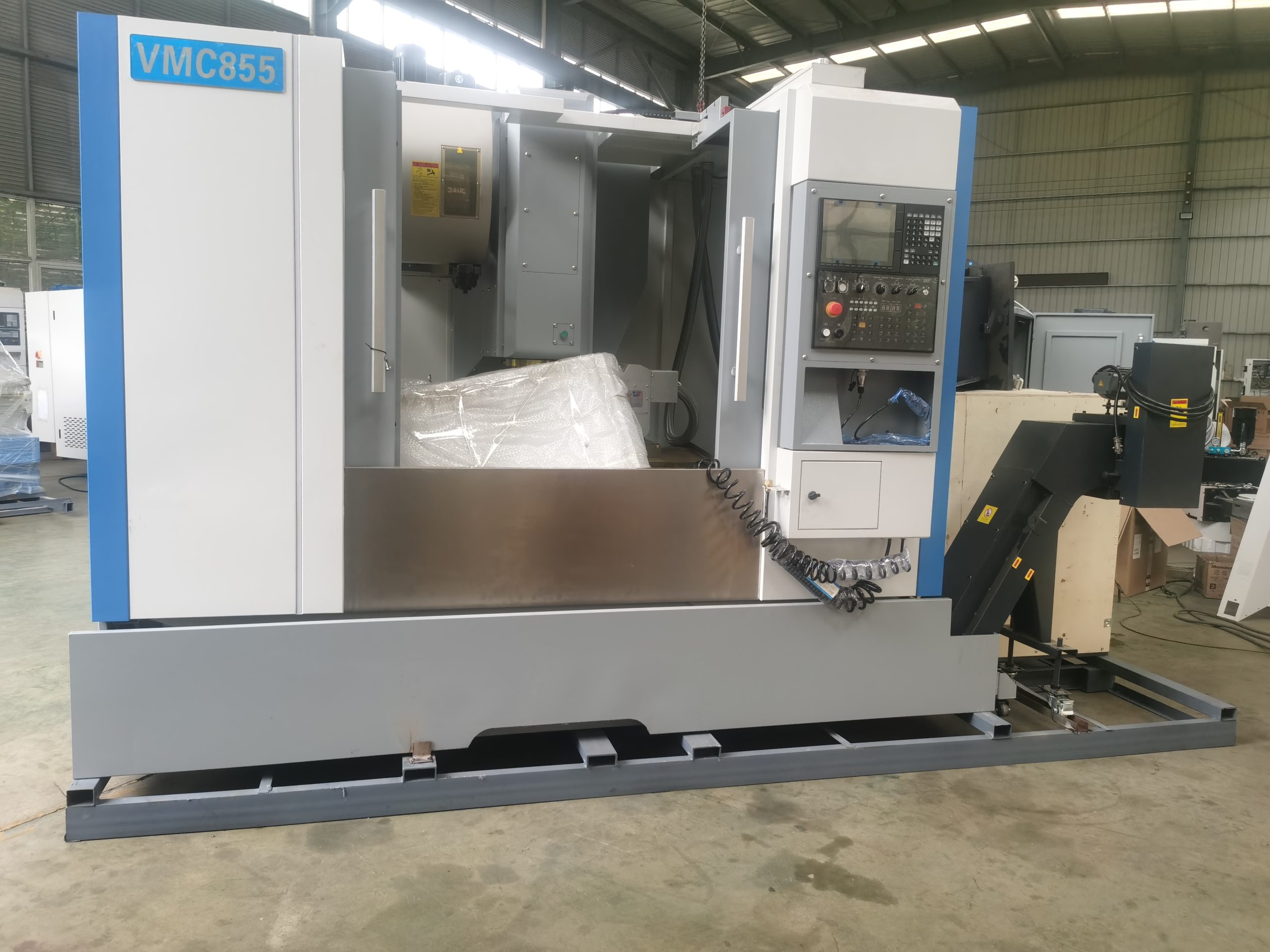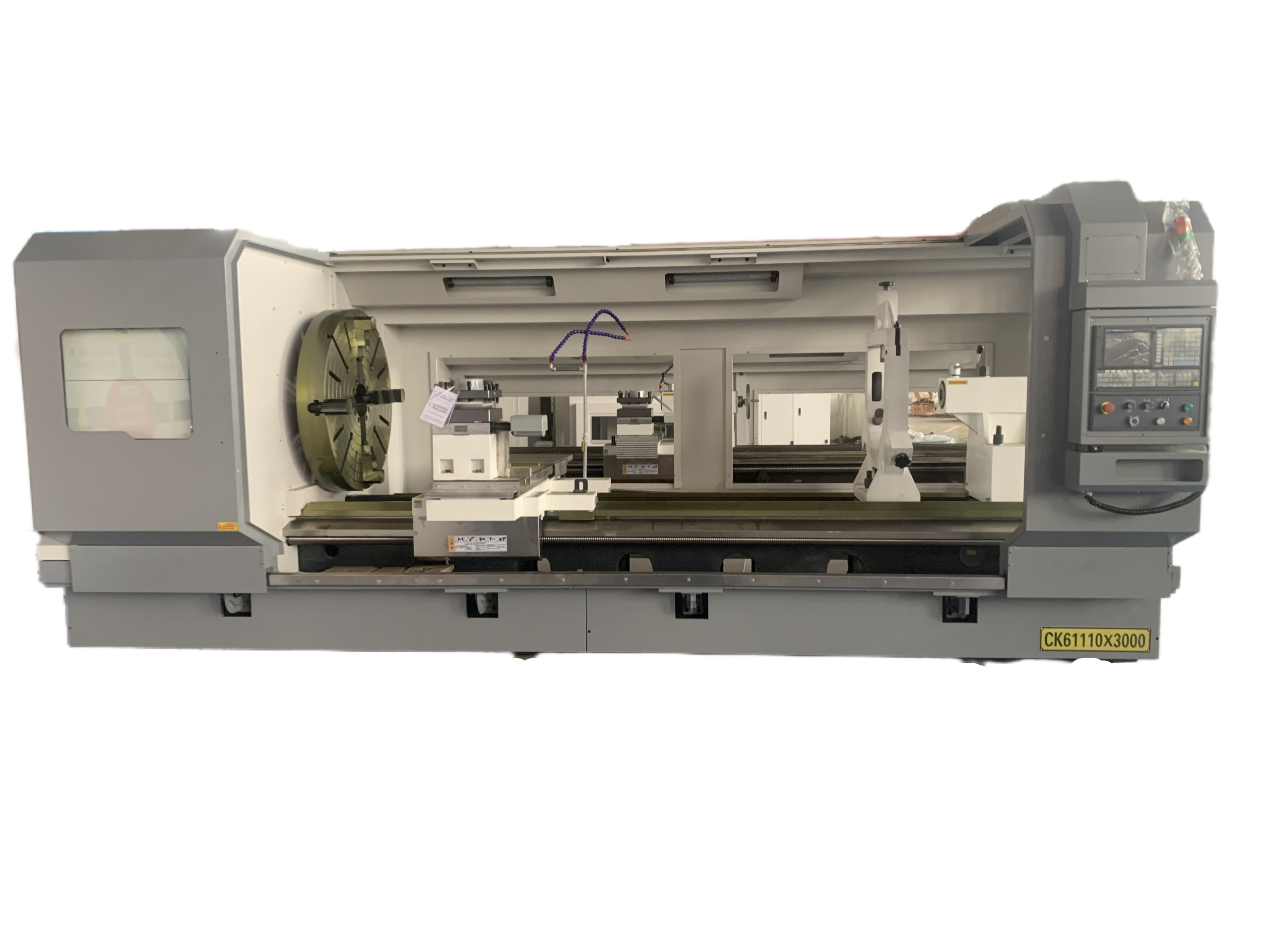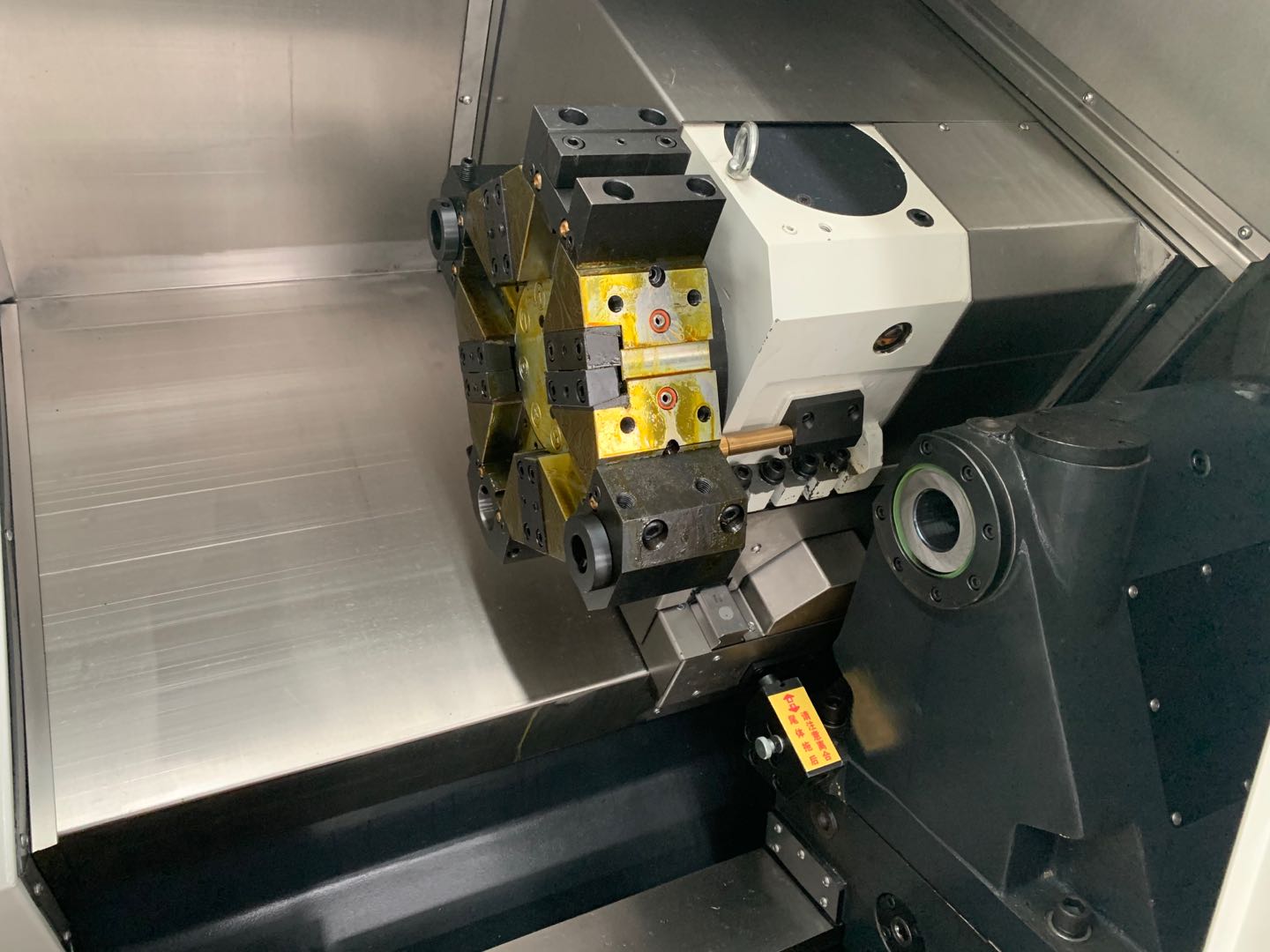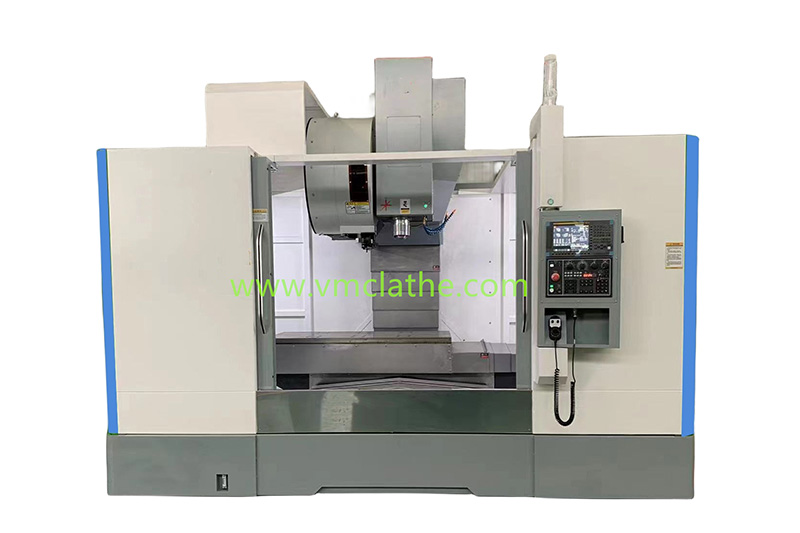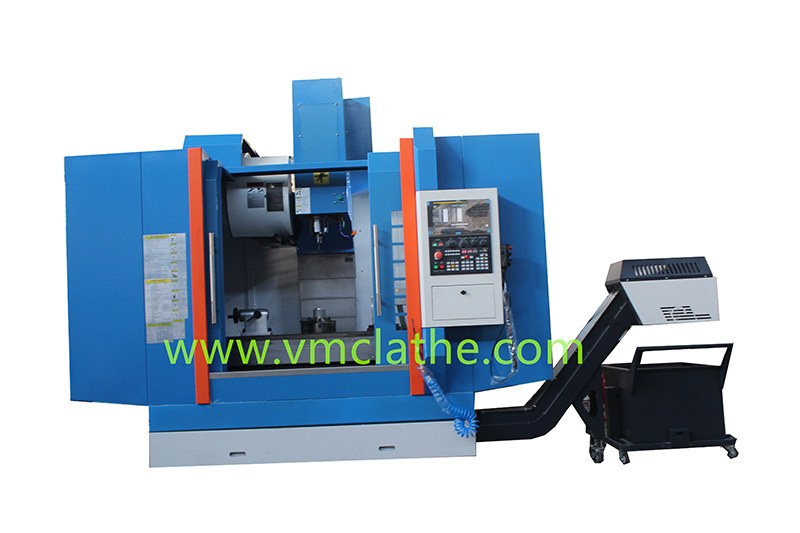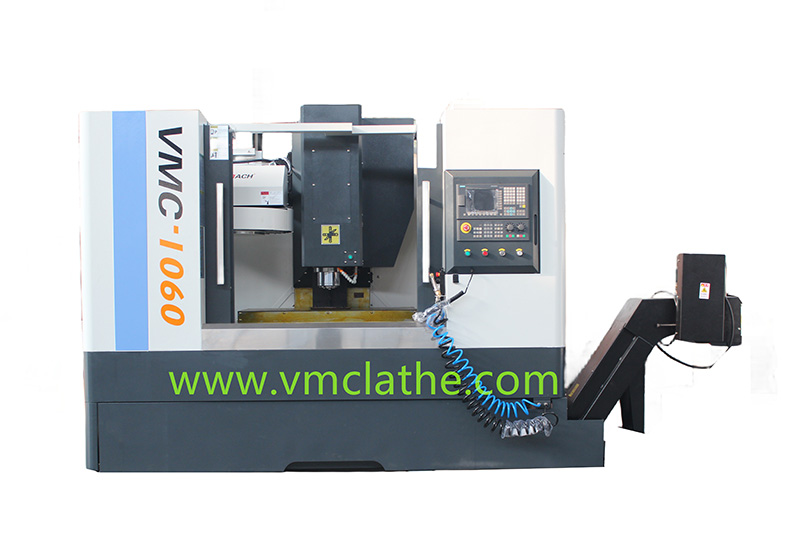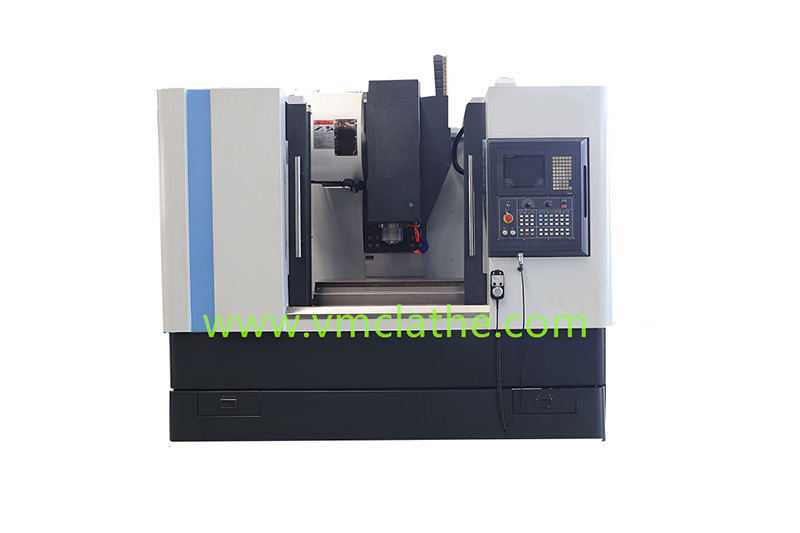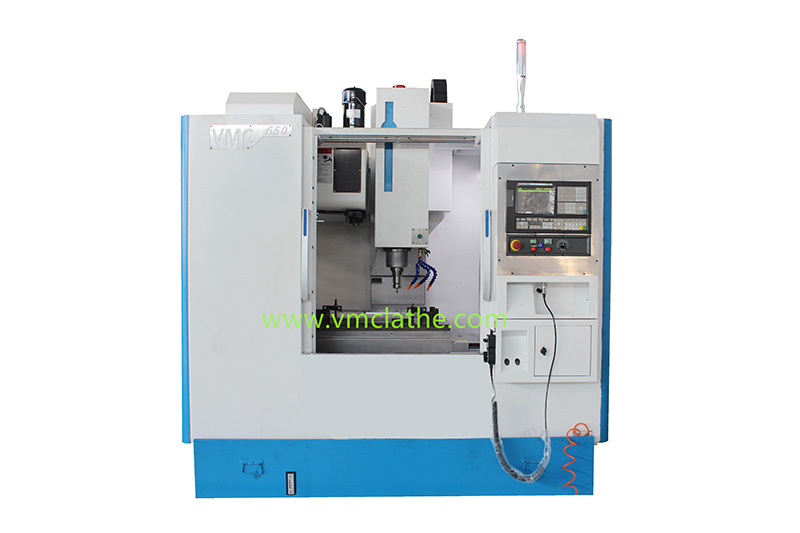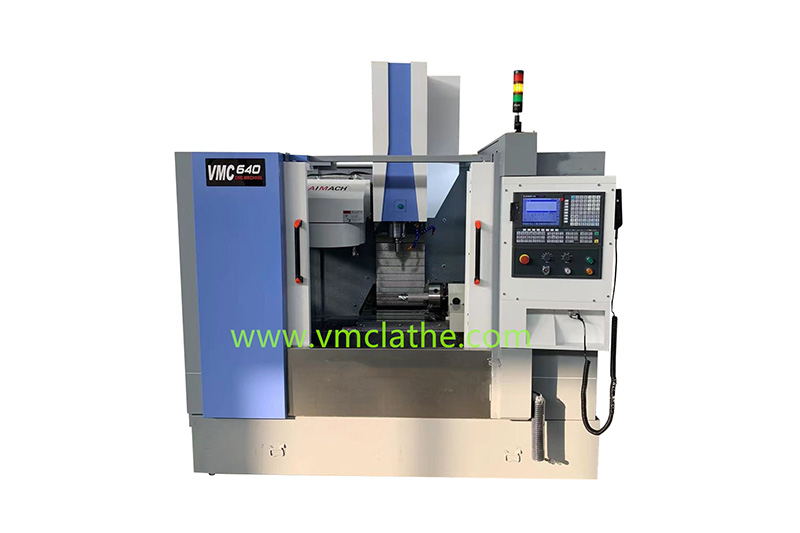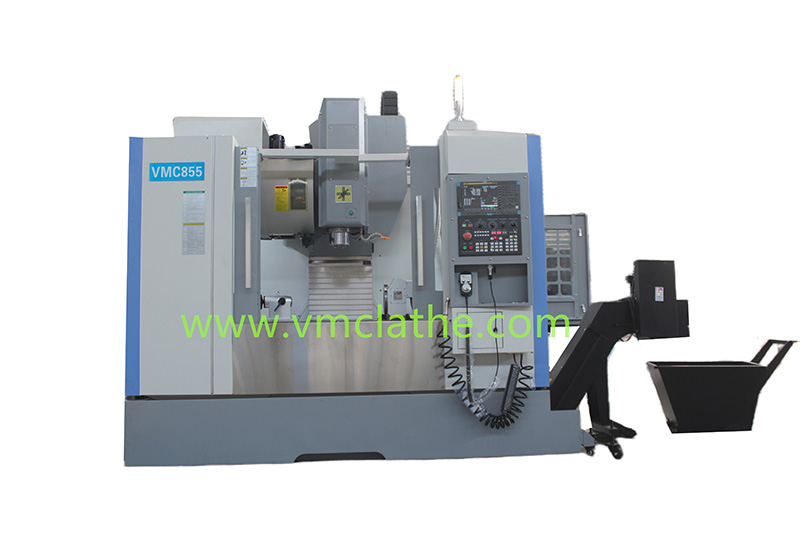When selecting a CNC milling machining center, comprehensively consider the following five key factors to ensure the equipment meets production needs and delivers optimal performance:
1. Machine Rigidity and Structural Stability
A. Core Role: Rigidity directly impacts machining accuracy and production efficiency. The high-speed cutting and high-power motors of a machining center require extremely high structural stability. Insufficient rigidity can lead to vibration and deformation, which in turn affects machining quality and tool life.
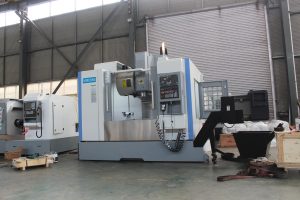
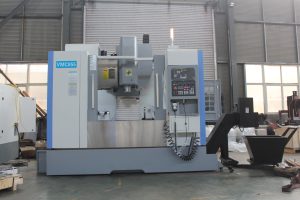
B. Selection Recommendations:
a) Verify the rigidity specifications provided by the manufacturer based on process requirements (such as cutting torque, power, and feed force).
b) Prioritize machine tools that are one or two sizes larger than the part being machined to improve rigidity. For example, when machining a 450mm x 450mm x 450mm box, choose a machine with an 800mm x 500mm worktable.
c) Pay attention to the material and structural design of key components such as the spindle box and bed, such as mineral casting or welded monolithic structures.
2. Machining Accuracy and Stability
A. Core Function: Machining accuracy is a key indicator of product quality. It’s important to distinguish between machine tool accuracy and machining accuracy. Machine tool accuracy is a static indicator, while machining accuracy is dynamically affected by the entire process system (such as tools, fixtures, and ambient temperature).
B. Selection Recommendations:
a) Focus on checking single-axis positioning accuracy, repeatability, and two-axis milling accuracy. For example, repeatability reflects the positioning stability of an axis at any point within its travel range and is a core indicator of reliability.
b) Prioritize CNC systems with error compensation functions, such as pitch compensation and backlash compensation, to correct for drive train errors.
3. Matching CNC System Performance and Functionality
A. Core Function: The CNC system is the “brain” of the machining center, and its performance directly impacts machining efficiency and ease of operation.
B. Selection Recommendations:
a) Basic Functions: Ensure the system supports the required machining processes (such as milling, drilling, and tapping). b) Function Selection: Select features such as real-time DNC transmission, five-axis linkage, and online measurement based on your needs to avoid redundant or insufficient functionality.
c) System Compatibility: When selecting multiple machine tools, prioritize CNC systems from the same manufacturer (such as FANUC or SIEMENS) to simplify programming, operation, and maintenance.
4. Number of Coordinate Axes and Linkage Functionality
A. Core Function: The number of coordinate axes and the number of linked axes determine the machining complexity and flexibility of a machine tool. Three-axis machines are suitable for flat machining, while five-axis machines enable efficient machining of curved surfaces.
B. Selection Recommendations:
a) Determine the number of axes based on the machining requirements of typical workpieces. For example, machining complex molds requires five axes, while machining simple box-like parts can be accomplished with three axes.
b) Balancing Functionality and Cost: Adding each standard axis increases costs, so avoid overinvestment.
c) Checking Linkage Accuracy: Test the performance of two-axis/three-axis linkage by milling cylindrical surfaces or spiral grooves. Roundness error is a key metric. 5. Automatic Tool Changer (ATC) and Tool Magazine Capacity
A. Core Function: The tool change time and reliability of the ATC directly impact production efficiency, while tool magazine capacity determines the diversity of machining processes.
B. Selection Recommendations:
a) Tool Change Time: Prioritize models with short tool change times (e.g., 2-3 seconds), but balance cost with failure rate. Statistics show that ATC failures account for 50% of all machining center failures, making reliability more important than speed.
b) Tool Magazine Capacity: Select based on the tool requirements of typical workpieces. Avoid excessive capacity that increases costs or insufficient capacity that limits machining capabilities. For example, mold processing requires frequent tool changes, so a large-capacity tool magazine is recommended.
c) Tool Magazine Type: Choose a chain, disc, or conical magazine based on machining requirements. Chain magazines are suitable for large tool counts, while disc magazines offer faster tool changes. Additional Considerations
A. Matching Machine Specifications to Workpiece: Ensure that the worktable size, travel range, and spindle power meet the workpiece machining requirements. Also consider fixture installation space and machine load capacity.
B. Maintenance and After-Sales Service: Select a supplier that offers technical support, spare parts availability, and training services to reduce long-term costs.



